Ingredients (serves 4-5)
- 500g of lean beef mince
- 1 good sized onion
- 1 tablespoon of olive oil
- 1 red pepper
- 2 garlic cloves – finely chopped
- 1 heaped teaspoon of chilli powder
- 1 teaspoon of paprika
- 1 teaspoon of ground cumin
- 1/2 teaspoon of marjoram
- 1 teaspoon of sugar
- 2 tablespoons of tomato puree
- 1 beef stock cube
- 400g tin of chopped tomatoes
- 400g tin of red kidney beans
- Salt and pepper to season
- 1/2 cup of white rice per person
Start by chopping up the onion, pepper and garlic. Also open the tin of red kidney beans and rinse them out with cold water several times until the juices run nearly clear (it’s easy to do this if you almost fully open the tin with the tin opener, pour out the juices, fill the tin up with cold water and use the lid to stop the beans falling out when you pour out the water).
Put a pan on a medium heat and add in the oil and the onions and cook for 3-5 minutes, stirring regularly. Next, add in the garlic, red pepper, chilli powder, paprika and cumin, give it a good stir and cook for a further 3-5 minutes stirring occasionally. Increase the heat and add in the mince making sure to stir it around and make sure it’s fully broken up. Keep cooking on a high heat until the mince is fully browned off. Put the stock cube into a pouring jug, add 300ml of boiling water and stir until it’s fully disolved. Add this along with the tinned tomatoes, marjoram, sugar, a good grind of salt and pepper and also a good squeeze of tomato puree to the mince. Stir this around well for a minute or so and bring to the boil. Once boiling, reduce the heat to minimum and allow to simmer for 20-30 minutes with a lid on the pan, stirring every 5-10 minutes.
Once the chilli has been simmering for 20-30 minutes add in the drained kidney beans and simmer for a further ten minutes. You’ll need to keep tasting the sauce and seasoning if necessary. I found I had to add quite a bit of salt to get the flavour spot on. Also, when you put the beans in you should boil some rice to go with the chilli. Put the rice into a pan and add enough water to cover the rice about about 1-2cm dependant on how much rice you put in. Put a lid on the pan and allow the rice to steam cook until all the water has gone. If, when the water has all boiled off, the rice is still needing a little more cooking, simply add in some more water and put the lid back on after a quick stir. Try not to stir the rice too much as it’ll go mushy.
Serve up the rice in a circle and spoon a good helping of the mince into the middle of the plate. Enjoy!
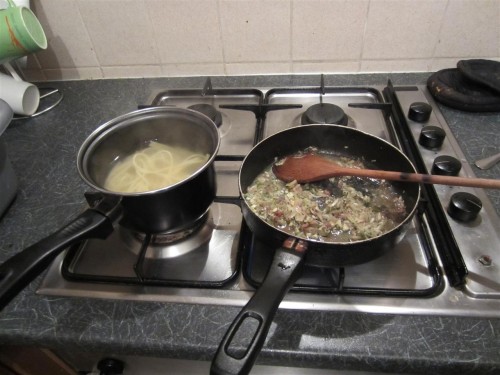
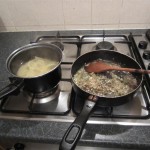
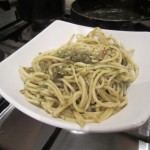
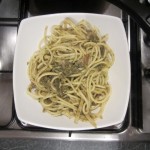
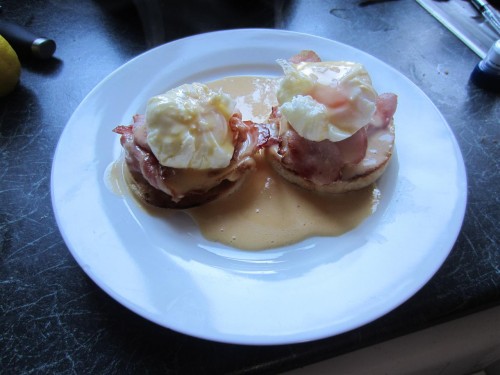
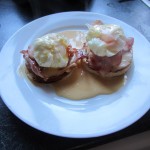
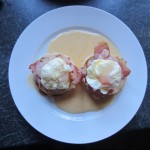
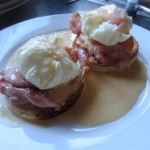
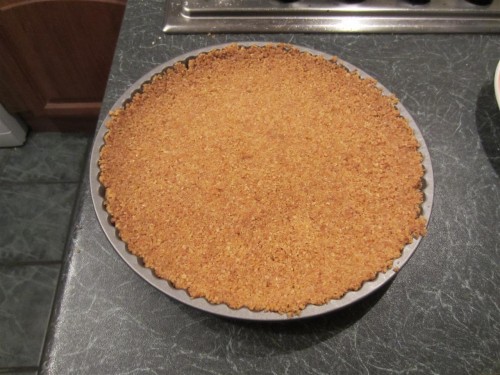
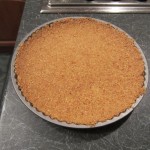
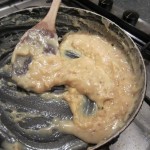
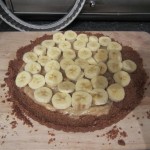
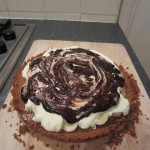
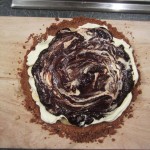
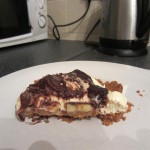
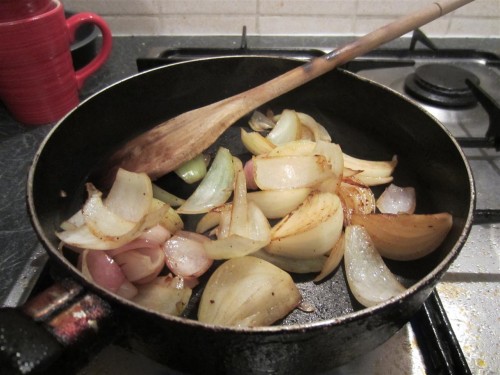
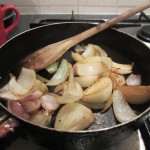

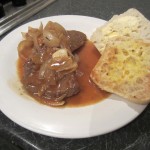
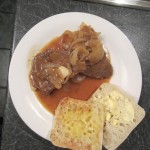
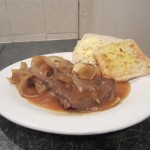
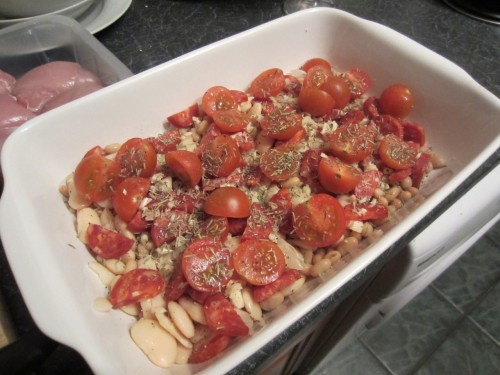
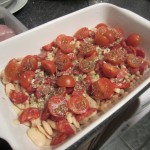
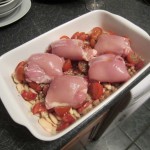
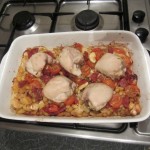
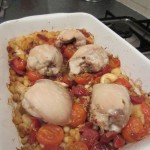
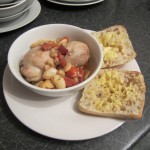
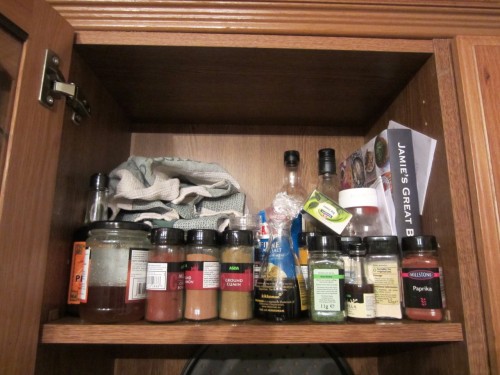
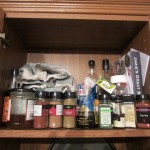
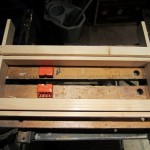
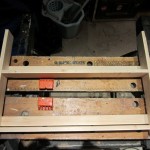
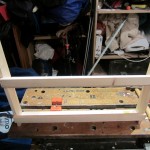

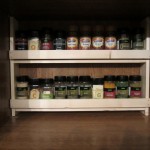
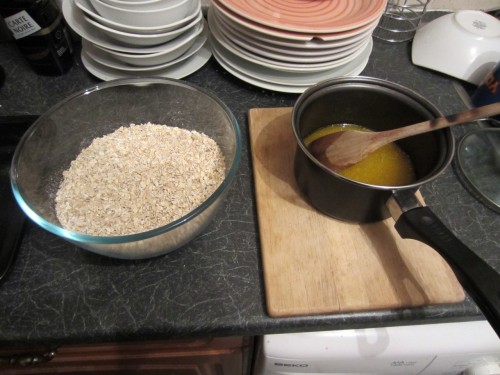
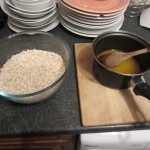
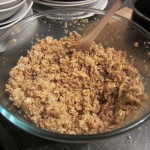
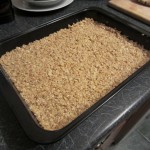
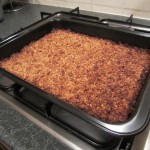
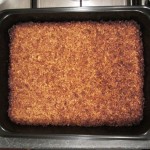
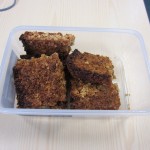
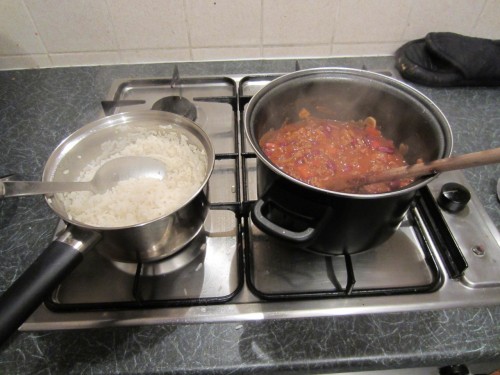
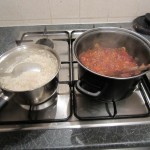
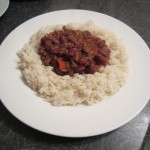
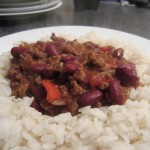
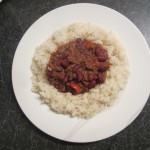
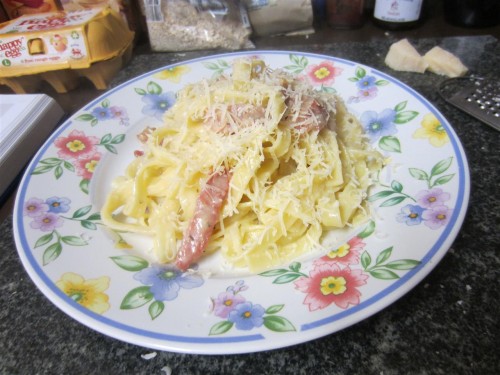
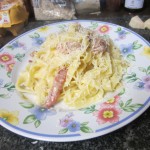
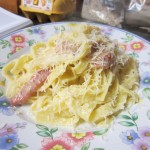
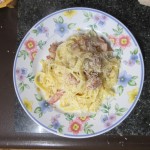
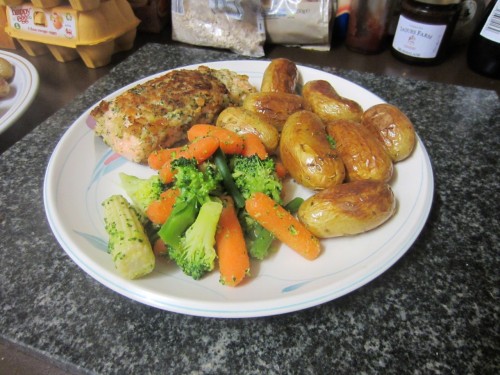
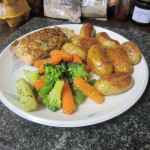
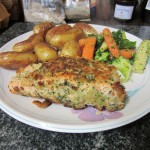
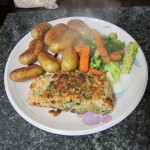
Recent Comments